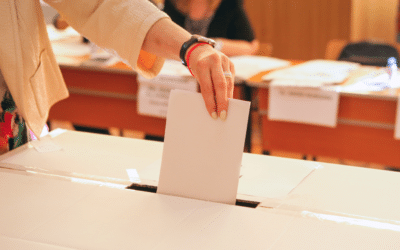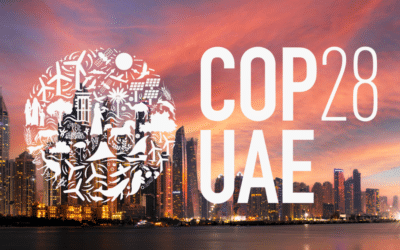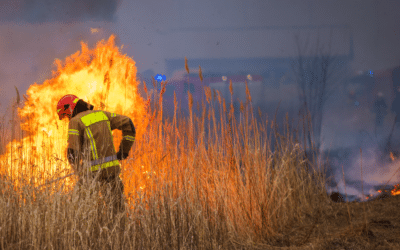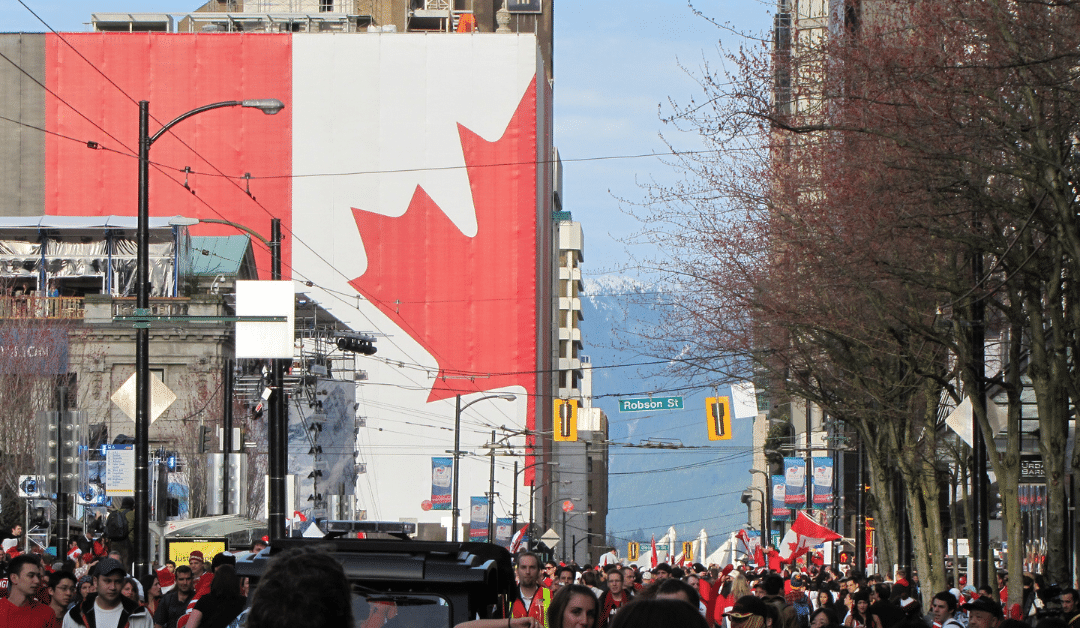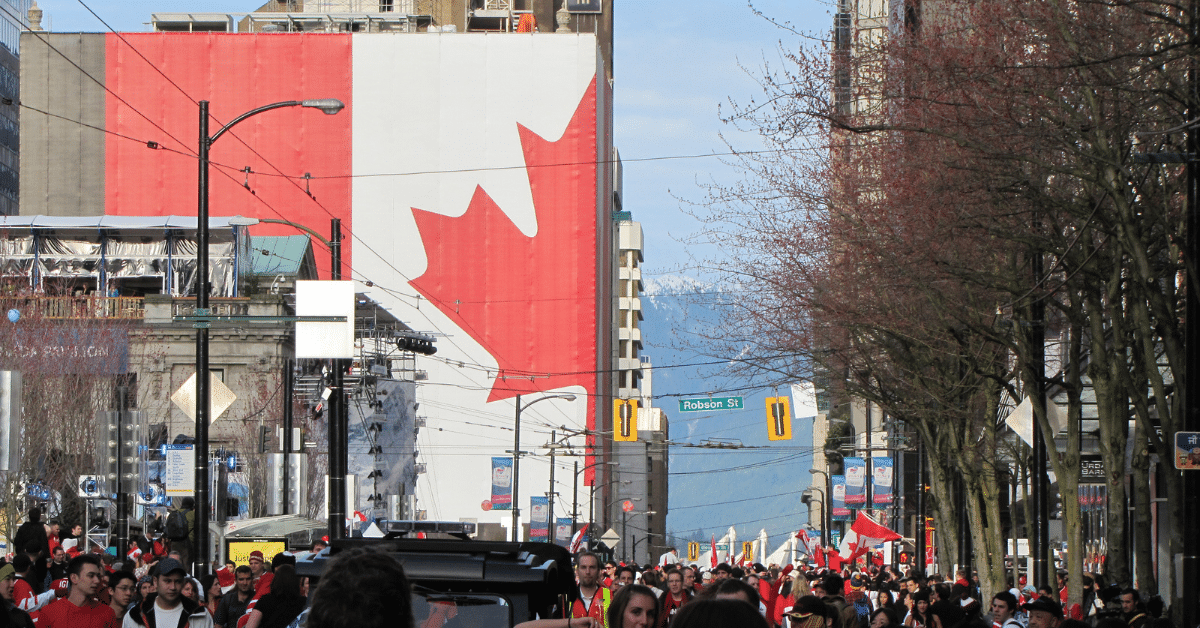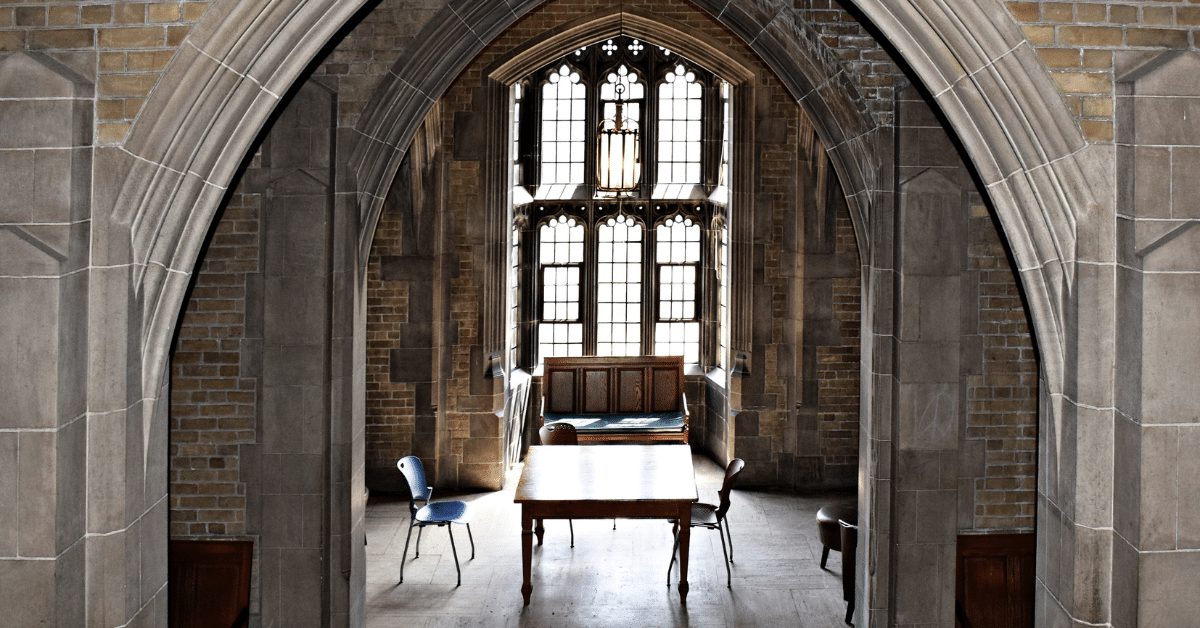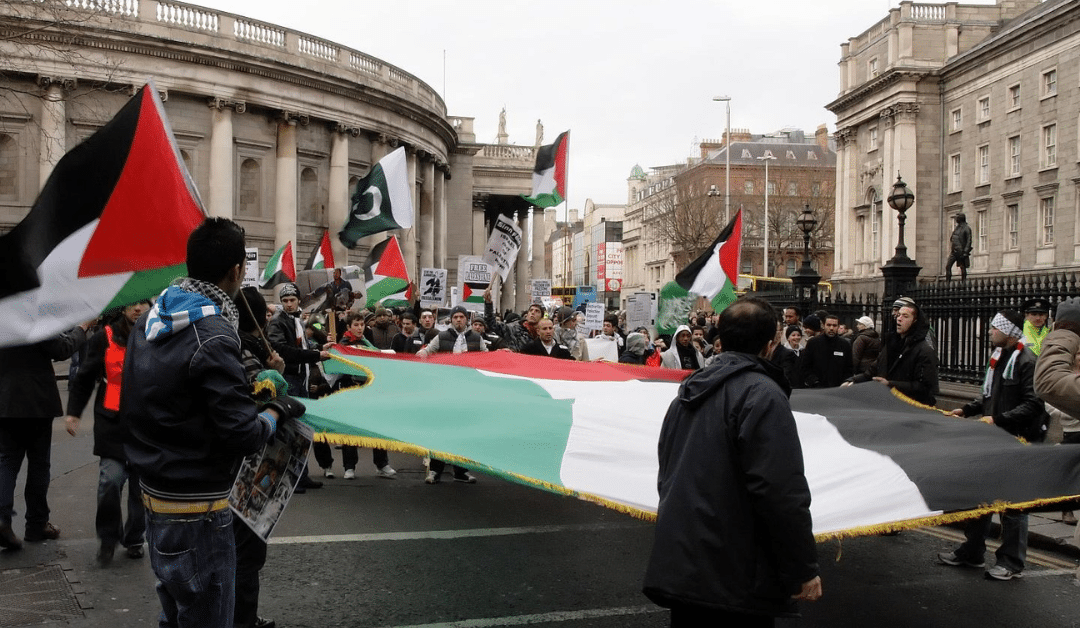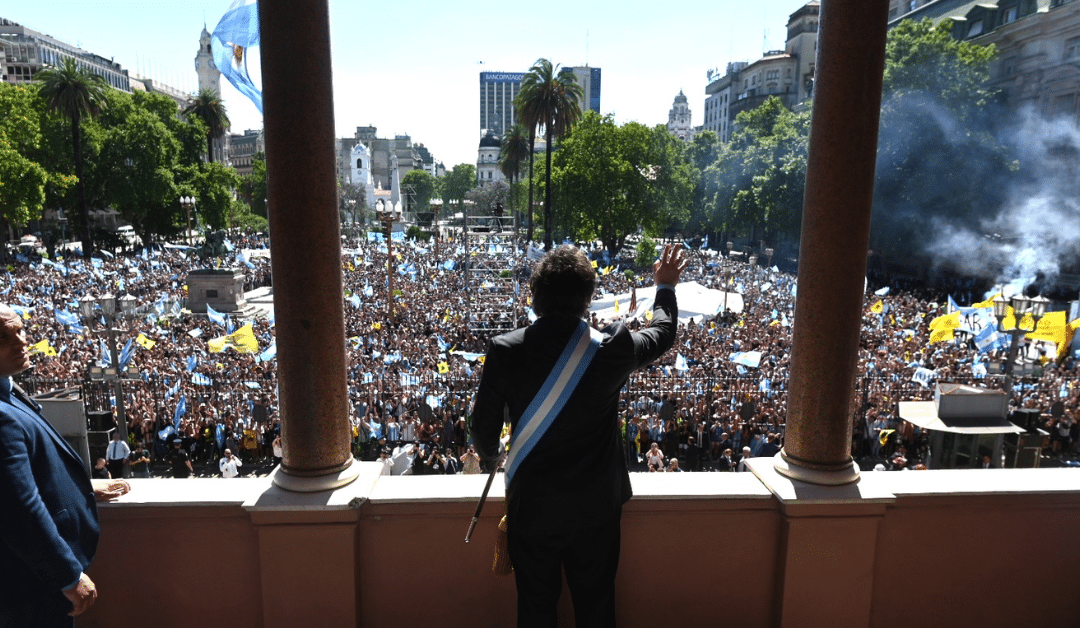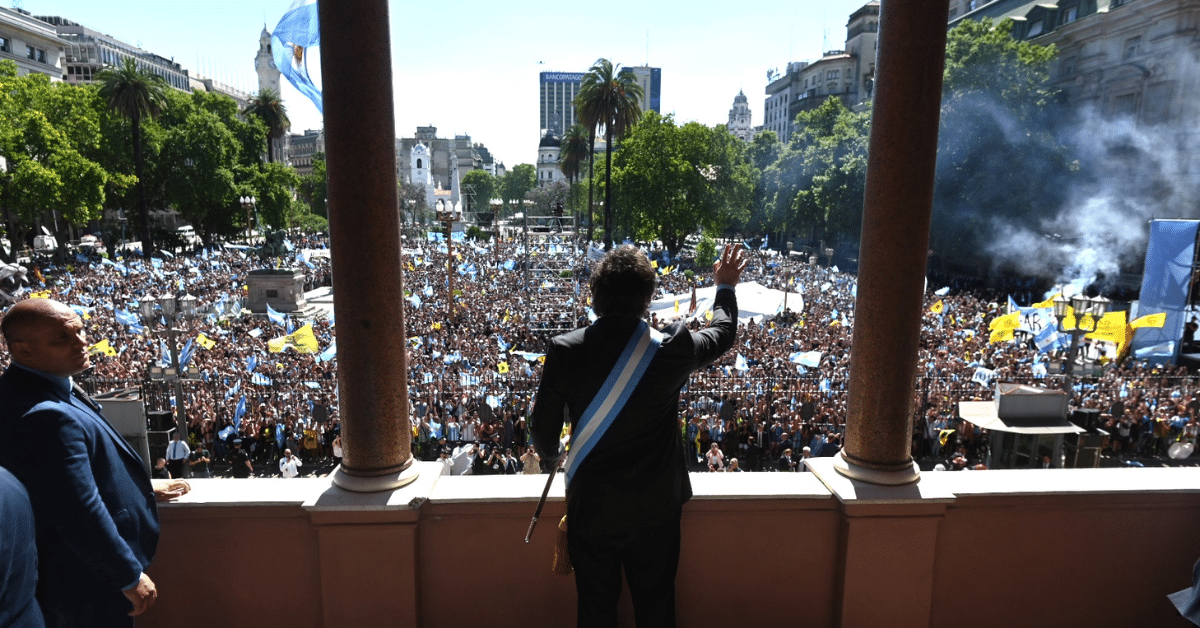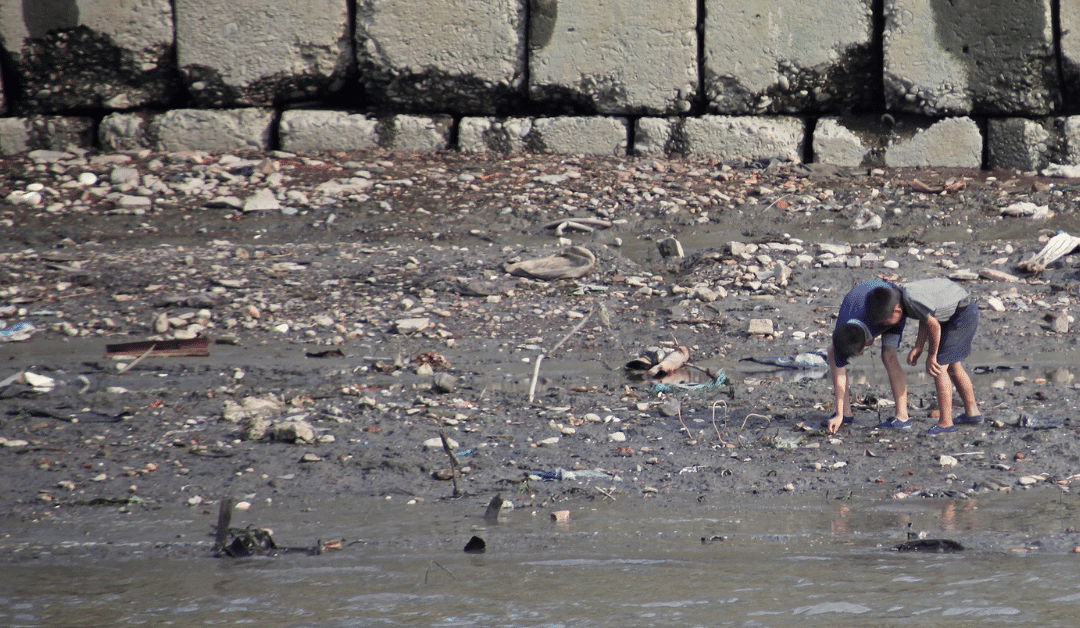Eoin Ryan, STAND News Politics Editor, explains the March 8th Referendum, including information on what parts of the Constitution are being voted on and what the stances of major parties are.
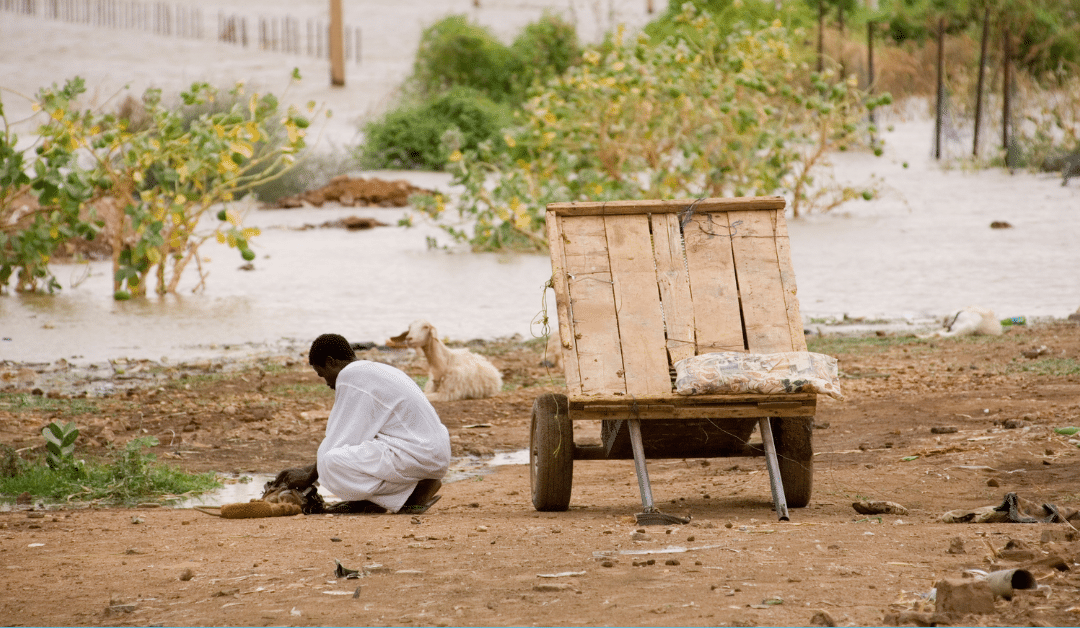
5 world conflicts you don’t hear about on the news
5 world conflicts you don’t hear about on the news
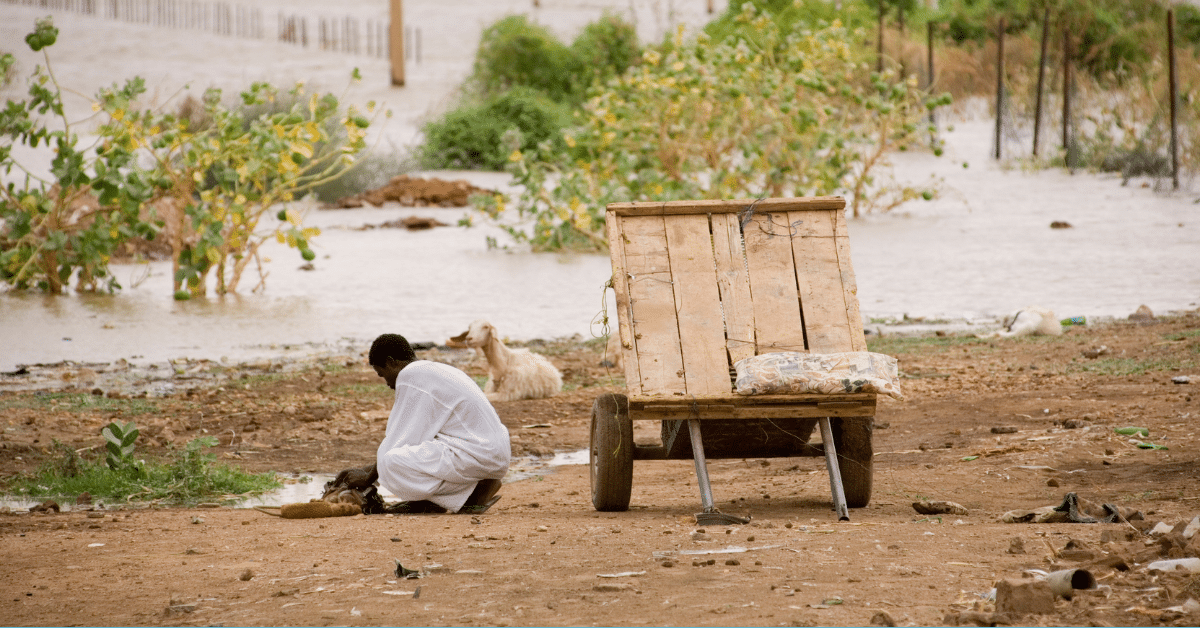
Image: Claudiad, Getty Images Signature.
A cursory search on RTÉ’s homepage indicates a sharp imbalance of coverage on current global conflicts; articles featuring Myanmar (Burma) and Sudan, for example, appear 1,700 and 5,620 times respectively, whereas Israel-Palestine pulls up approximately 32,800 results and Ukraine around 200,000. All are worthy of international outcry, but why is it that some garner more press coverage and public concern in the West than others?
Why are some conflicts given more attention than others?
Last year, reports emerged from Sudan showing evidence – including satellite imagery of burned villages and mass graves – that atrocities committed by armed groups in Darfur amounted to ethnic cleansing. Yet global concern was almost non-existent and where the story was picked up by western news outlets, it was promptly put down again as international attention turned to the erupting Israel-Hamas war. Press coverage is essential to the defence of human rights during times of war; we have seen journalists risk their lives in order to bring the world the truth of what is occurring in Gaza right now. Where world media trains its eye, global outrage and political mobilisation is sure to follow. Judging by the disparity between coverage of Darfur and Gaza, however, the world media’s vision is highly selective and highly racialised.
Two factors tend to determine whether a conflict is given attention in the west: political significance and cultural or geographical proximity. Both the Russia-Ukraine war and the Israel-Hamas conflict have been given centre stage over the last number of years largely because of their political interests to western powers. Meanwhile conflicts in Africa, Latin America and elsewhere in the Middle East have been overlooked because they are deemed ‘distant’ and are occurring in peripheral regions with comparatively little global influence. When it comes to victims of conflict, western audiences tend to sympathise with those of the same ethnicity or cultural identity, and media framing of civilian deaths is often imbued with imperialist language, distinguishing between those who have been ‘killed’ and those who are merely ‘dead’.
Fair media coverage requires a dismantling of these archaic ideas about what is newsworthy and what is not. Regions of concern should have an equal bearing in public awareness and global outrage should not be channelled solely for victims of war who share aspects of western identity. Here are five conflicts happening right now across the world under the radar of western media.
Ecuador
Ecuador has been plunged into crisis in the months since January as a wave of gang violence sweeps the country, leaving city streets deserted. In early January, President Daniel Noboa declared an eight-week state of emergency following eruptions in jail violence and the escape of Adolfo Macías, known as Fito, the leader of Los Choneros drug cartel. More than 130 prison staff have been taken hostage and at least ten people killed, while a TV station was stormed by gunmen live on air.
Videos circulating online show the violence has escalated onto the streets with car bombs going off, police officers murdered and attempted takeovers of hospitals and a university. In response, most cities in Ecuador have shut down, closing businesses and offices and sending children home from school until the violence dissipates. In the hopes of quelling the violence, Noboa has issued a decree designating a number of gangs as terrorist groups and authorised the military to “neutralise” the groups and restore order to the country.
To put the current crisis into context, Ecuador has become attractive to drug cartels in recent years looking for new ways to export cocaine produced in neighbouring Colombia. The most recent surge in violence was triggered by the planned transfer of the Los Choneros leader ‘Fito’. After his escape was made known, riots kicked off in jails across the country.
Sudan
Erupting in April last year, the violent conflict between the Sudanese Armed Forces (SAF) and the Rapid Support Services (RSF) has left more than half of Sudan’s population – almost 25 million people – in need, driving the largest internal displacement crisis in the world. The warring factions are competing for control of the state and its resources. The conflict has impacted health facilities and contributed to food insecurity across the country. Human Rights Watch say ethnically targeted killings by the RSF in West Darfur have “the hallmarks of an organised campaign of atrocities against Massalit civilians.” The conflict has killed more than 13,000 people so far and is expected to continue through 2024, putting many civilians, particularly ethnic minorities, at risk.
Sudan was already experiencing a severe humanitarian crisis previous to the conflict. Poverty, hunger and displacement driven by socio-political instability, inflation and climate change was rampant and the current conflict only serves to worsen these conditions for many. 20.3 million people in Sudan are facing food insecurity due to a food crisis caused by rising prices and shortages; the expansion of fighting into agricultural regions and looting of markets and businesses will escalate the food crisis further.
Myanmar (Burma)
Fighting between the military and armed groups in Myanmar has spread across the country and displaced over half a million people since October. This is on top of the nearly two million already displaced in the country since February 2021, when the military junta staged a coup to regain control of Myanmar after a democratic election. Since the coup, the military has clamped down on those opposing the regime, carrying out mass killings, sexual violence, torture and arbitrary arrests, as well as restricting freedom of speech and assembly. Schools, hospitals and displacement camps have been bombed and thousands of houses burned as the military attempt to cut resistance groups of food, funds, intelligence and recruits in a brutal strategy known as “four cuts”.
Myanmar has spent decades in the grip of the Tatmadaw and violent ethnic conflicts have defined its history. In 2021, despite significant political reforms towards democracy in the preceding years, the civilian government was overthrown by the Tatmadaw in a military coup d’état and Senior General Min Aung Hlaing was appointed head of state. State Counsellor Aung San Suu Kyi, alongside other senior members of her government, were subsequently jailed.
Democratic Republic of Congo (DRC)
Following decades of regional conflict and economic turmoil, the Democratic Republic of Congo (DRC) has experienced a recent surge of violence, resulting in a significant increase in the number of displaced people within the country. Humanitarian organisations have also reported an alarming rise in gender based violence: according to Heather Kerr of the International Rescue Committee, “Eastern DRC has become one of the most dangerous places in the world for women and children.”
As well as facing displacement and violence, the IRC reports that nearly 64 percent of the population of the DRC lives in poverty, and over 21 million are facing food insecurity – the highest number ever recorded in any country. Disease outbreaks are common and the health system is poorly equipped with the resources and staff to fight epidemics such as Ebola and Covid-19.
The DRC’s humanitarian crisis is the product of a long history of political corruption and instability. There is little public trust in the country’s institutions, as evidenced by the reaction of opposition groups and civil society to the re-election of US-backed President Felix Tshisekedi in December. Labelled a ‘farce’, the election was wrought with logistical problems and many do not accept the results. Protracted civil wars and mismanagement of state resources has undermined the development of infrastructure needed to deal with socio-economic concerns and protect the country’s poorest and most vulnerable citizens.
Afghanistan
Afghanistan continues to face one of the largest humanitarian crises in the world under the control of the Taliban, who regained power in 2021. Since the takeover, the regime has inflicted a number of restrictions on the population that are considered to be flagrant human rights violations, many of them targeting the freedom and autonomy of women and girls. In addition, the country is on the brink of economic collapse and food prices are rising, leaving 15.3 million people experiencing food insecurity. Former minister for women’s affairs Hasina Safi told Al Jazeera in October that many people in Afghanistan feel “abandoned” and “forgotten” as western media turns away from their plight and humanitarian funds run low.
The Taliban returned to power in August 2021 after US forces withdrew from the country. Since then, the population of Afghanistan has suffered under religious edicts and discriminatory regulations. For Afghan women and girls, severe restrictions on employment, education, public interactions and other human rights have grave implications for their safety, health and freedom. Meanwhile, Western donors and international financial institutions have greatly reduced or completely stopped funding going into the country’s development in a bid to economically isolate the unrecognised government. Dwindling aid funds have impacted the country’s most vulnerable first, forcing humanitarian agencies to cut food aid to millions of people in recent years.

New From STAND News
March 8th Referendum: What you need to know
What went down internationally on climate action in 2023
Sera Jacob summarises the main points of discussion at COP28, the 2023 United Nations Climate Change Conference in Dubai.
The difference between catastrophic wildfires and contained wildland fires
Catastrophic wildfires are highly destructive, seen currently in Chile. But how do fires become resourceful once they are contained? Chloe O’Connell discusses.
Want to write for us?
Fill out the form below to join the STAND News team.
